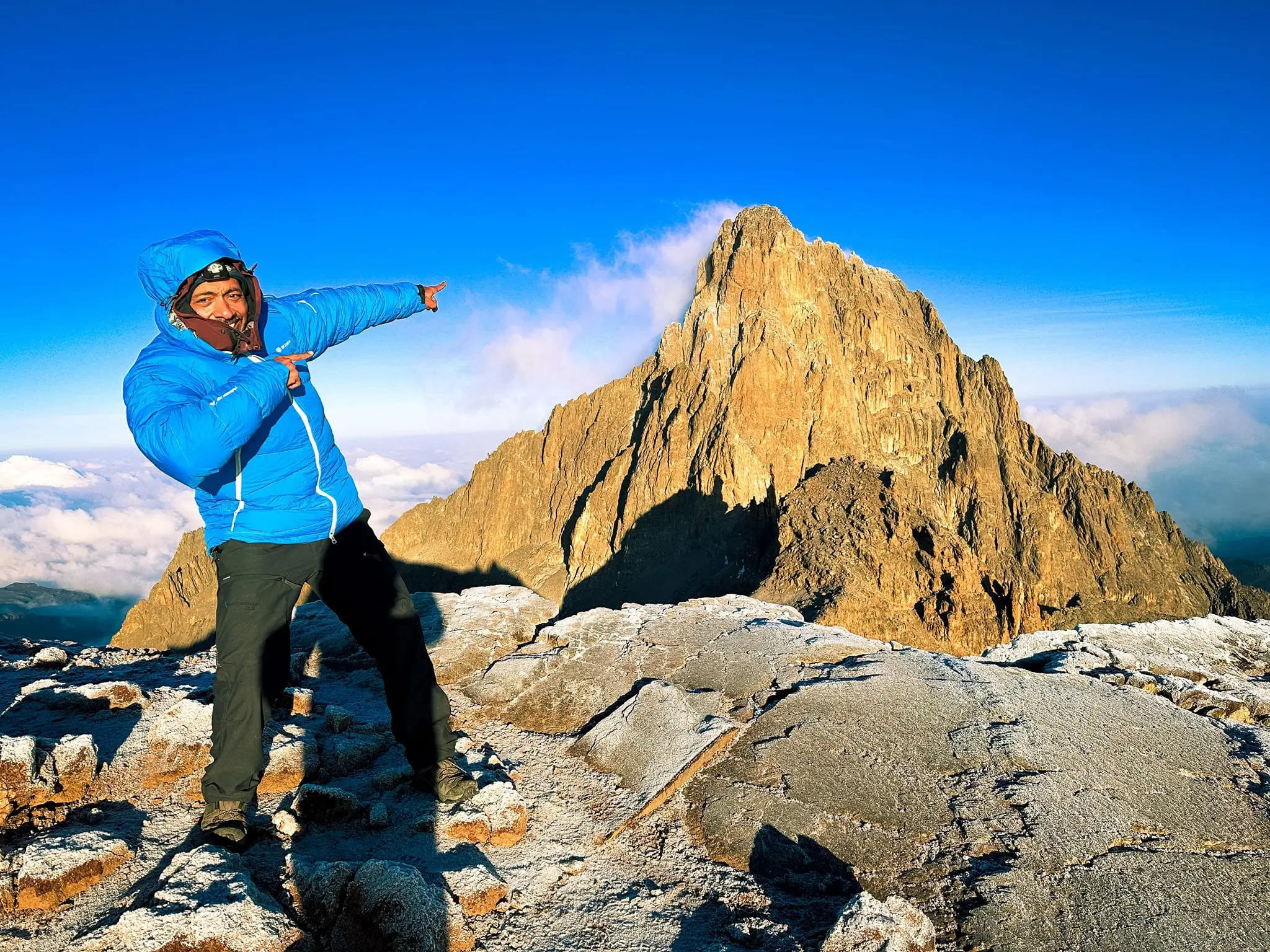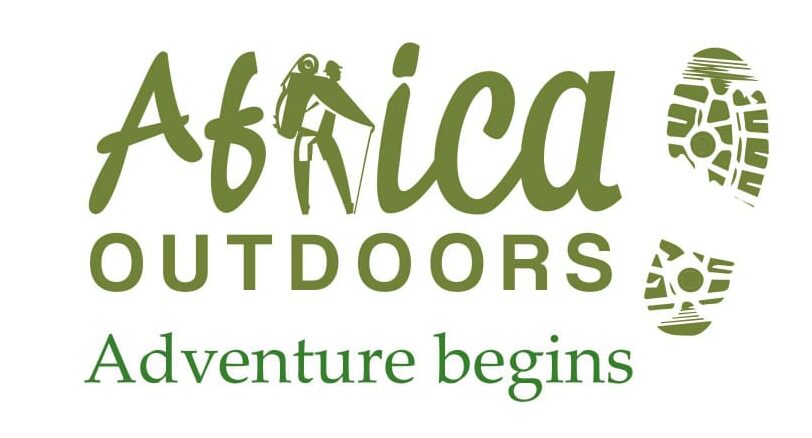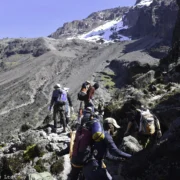
Mount Kenya
Majestically standing, Mount Kenya that straddles across Meru and Nyeri counties and part of Kirinyaga is the second highest peak in Africa standing at 5,199m high. It is an ancient extinct volcano. There are 12 remnant glaciers on the mountain, all receding rapidly, and four secondary peaks that sit at the head of the U-shaped glacial valleys.

With its rugged glacier-clad summits and forested middle slopes, this mountain is one of the most impressive landscapes in East Africa. The park hosts approximately 20 lakes and tarns. Three major peaks dot the mountainous scenes. These are; Batian (5,199m) & Nelion (5,188m). The two are mainly for visitors interested in technical climbing activities. The third peak is Point Lenana (4,984m).
The scenery and ecological formations surrounding this World Heritage Site are breathtakingly beautiful. The Park is also a Biosphere Reserve.
To the Kikuyu tribesmen, Mt. Kenya is the home of the Supreme Being; Ngai, a name also used by the Maasai and Kamba communities. In traditional prayers and sacrifices, Ngai is addressed by the Kikuyu as Mwene Nyaga; Possessor of Brightness. The name comes from Kiri-Nyaga the Kikuyu name for Mt. Kenya, meaning Mountain of Brightness – Ngai’s official home, a place to be treated with respect by visitors who come here among other things seeking divine and spiritual nourishment.
Pristine wilderness, lakes, tarns, glaciers and peaks of great beauty, geological variety, the forest, mineral springs, rare and endangered wildlife species, high altitude adapted game, unique montane and alpine vegetation with 11 species of endemic plants are a sight. Wildlife includes buffalo, elephants, black and white colobus and Sykes monkeys, rock and tree hyrax, white tailed mongoose, suni, black fronted duiker, mole rat, bushbucks, waterbuck and Elands. Animals rarely seen include leopard, bongo, giant forest hog, Suni antelope, Mt. Kenya mole rat, skinks(lizards)montane viper, and a variety of owls. Over 130 bird species have been recorded.
Part of the mountain’s fascination is the variation in flora, including Giant Groundsel and Lobelia, and fauna as the altitude changes. The lower slopes are covered with dry upland forest, the true montane forest begins at 2,000m is mainly cedar and podo. At 2,500m begins a dense belt of bamboo forest, which merges into the upper forest of smaller trees, interposed with glades. In this area, the trees are covered with high altitude lichen.
The high altitude heath at the top (3,000-3,500m) is generally open dotted with shrubs; African Sage protea and helichrysum. The peak (above 3,500m) is moorland, with little game other than high altitude zebra and eland common in the northern moorland.
Visitors can enjoy game viewing, mountain climbing, and camping, picnicking, bird watching, scenery and nature photography.
Altitude: 11,000-17,000FT
Area: 2,800 sq.km
Location: Laikipia County
Gazettement: 1968
Distance from Nairobi: 90 KM
Key features
Wildlife
- Include Elephants, tree hyrax, white tailed mongoose, suni, black fronted duiker, mole rat, bushbucks, water buck and Elands. Animals rarely seen include leopard, bongo, giant forest hog .
Birds
- Over 130 bird species have been recorded.
Important Information for Visitors
- All visitors should enter the park with a qualified and certified guide. Guides and potters have identification cards issued by the park management.
- Disposable plastic water bottles are not allowed in the park.
- Guides and potters are not allowed to carry luggage that exceed 25KG. Weighing of luggage will be done at the gate on entry.
- All visitors are required to check in and out of the park, this is done by recording personal information in the entry and exit books.
Recent Posts
Mount Kenya Challenge Program
Mount Mtelo Sekerr Range-West Pokot
How Hard is it to Climb Mount Kilimanjaro
All Categories
Tags

Thailand




